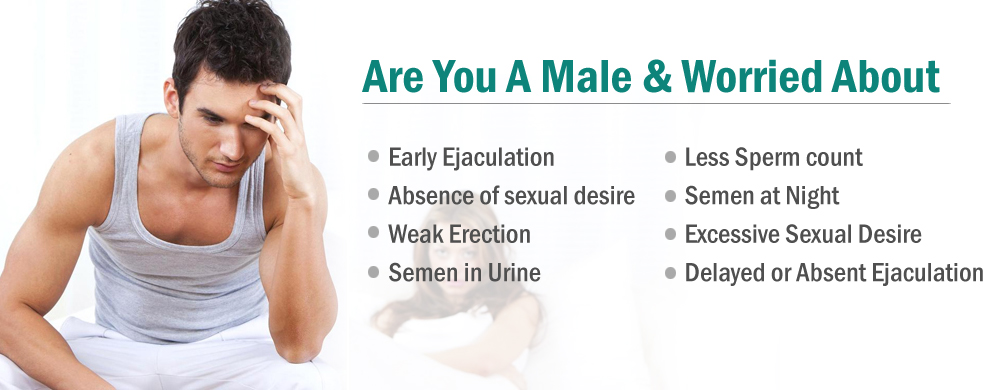Orgasm Disorders
Alfa Health Services

Orgasm Disorders
Orgasmic dysfunction is a condition that occurs when someone has difficulty reaching orgasm. This difficulty occurs even when they’re sexually aroused and there’s sufficient sexual stimulation. When this condition occurs in women, it’s known as female orgasmic dysfunction. Men can also experience orgasmic dysfunction, but this is much less common.
Orgasms are intense feelings of release during sexual stimulation. They can vary in intensity, duration, and frequency. Orgasms can occur with little sexual stimulation, but sometimes much more stimulation is necessary
Many women have difficulty reaching orgasm with a partner, even after ample sexual stimulation. Studies suggest orgasmic dysfunction affects 11 to 41 percentTrusted Source of women.
Orgasmic dysfunction is also known as anorgasmia or female orgasmic disorder.
Causes
It can be difficult to determine the underlying cause of orgasmic dysfunction. Women may have difficulty reaching orgasm due to physical, emotional, or psychological factors. Contributing factors might include:
- older age
- medical conditions, such as diabetes
- a history of gynecological surgeries, such as a hysterectomy
- the use of certain medications, particularly selective serotonin reuptake inhibitors (SSRIs) for depression
- cultural or religious beliefs
- shyness
- guilt about enjoying sexual activity
- history of sexual abuse
- mental health conditions, such as depression or anxiety
- stress
- poor self-esteem
- relationship issues, such as unresolved conflicts or lack of trust
Sometimes, a combination of these factors can make achieving an orgasm difficult. The inability to orgasm can lead to distress, which may make it even harder to achieve orgasm in the future.
Symptoms
The main symptom of orgasmic dysfunction is the inability to achieve sexual climax. Other symptoms include having unsatisfying orgasms and taking longer than normal to reach climax.
Women with orgasmic dysfunction may have difficulty achieving orgasm during sexual intercourse or masturbation.
There are four types of orgasmic dysfunction:
- Primary anorgasmia: A condition in which you’ve never had an orgasm.
- Secondary anorgasmia: Difficulty reaching orgasm, even though you’ve had one before.
- Situational anorgasmia: The most common type of orgasmic dysfunction. It occurs when you can only orgasm during specific situations, such as during oral sex or masturbation.
- General anorgasmia: An inability to achieve orgasm under any circumstances, even when you’re highly aroused and sexual stimulation is sufficient.
How is orgasmic dysfunction diagnosed?
If you think you have orgasmic dysfunction, you should schedule an appointment with your doctor. Your doctor will be able to diagnose your condition and provide a proper treatment plan. Getting help from your doctor is the best way to ensure that you can fully enjoy sexual activity again.
During your appointment, your doctor will ask questions about your sexual history and perform a physical examination. Your responses and exam results can reveal any underlying causes of orgasmic dysfunction and can help identify other factors that may be contributing to your condition.
Your doctor may refer you to a gynecologist for a follow-up exam. A gynecologist can recommend further treatments for orgasmic dysfunction.
Treatment
Treatment for orgasmic dysfunction depends on the cause of the condition. You may need to:
- treat any underlying medical conditions
- Switch antidepressant medications
- have cognitive behavioral therapy (CBT) or sex therapy
- Increase clitoral stimulation during masturbation and sexual intercourse
Couples counseling is another popular treatment option. A counselor will help you and your partner work through any disagreements or conflicts you may be having. This can resolve the issues that are occurring both in the relationship and in the bedroom.
In some cases, estrogen hormone therapy may be used. Estrogen can help increase sexual desire or the amount of blood flow to the genitals for heightened sensitivity. Estrogen hormone therapy may involve taking a pill, wearing a patch, or applying a gel to the genitals. Testosterone therapy is another an option. However, the U.S. Food and Drug Administration (FDA) hasn’t approved it for treating orgasmic dysfunction in women.
Some over-the-counter (OTC) products and nutritional supplements may also help women with orgasmic dysfunction. Arousal oils, such as Zestra, warm the clitoris and increase stimulation. These oils may be beneficial to use during sexual intercourse and masturbation.
Make sure you speak with your doctor before using any OTC products or medications. They may cause an allergic reaction or interfere with other medications you’re taking.

